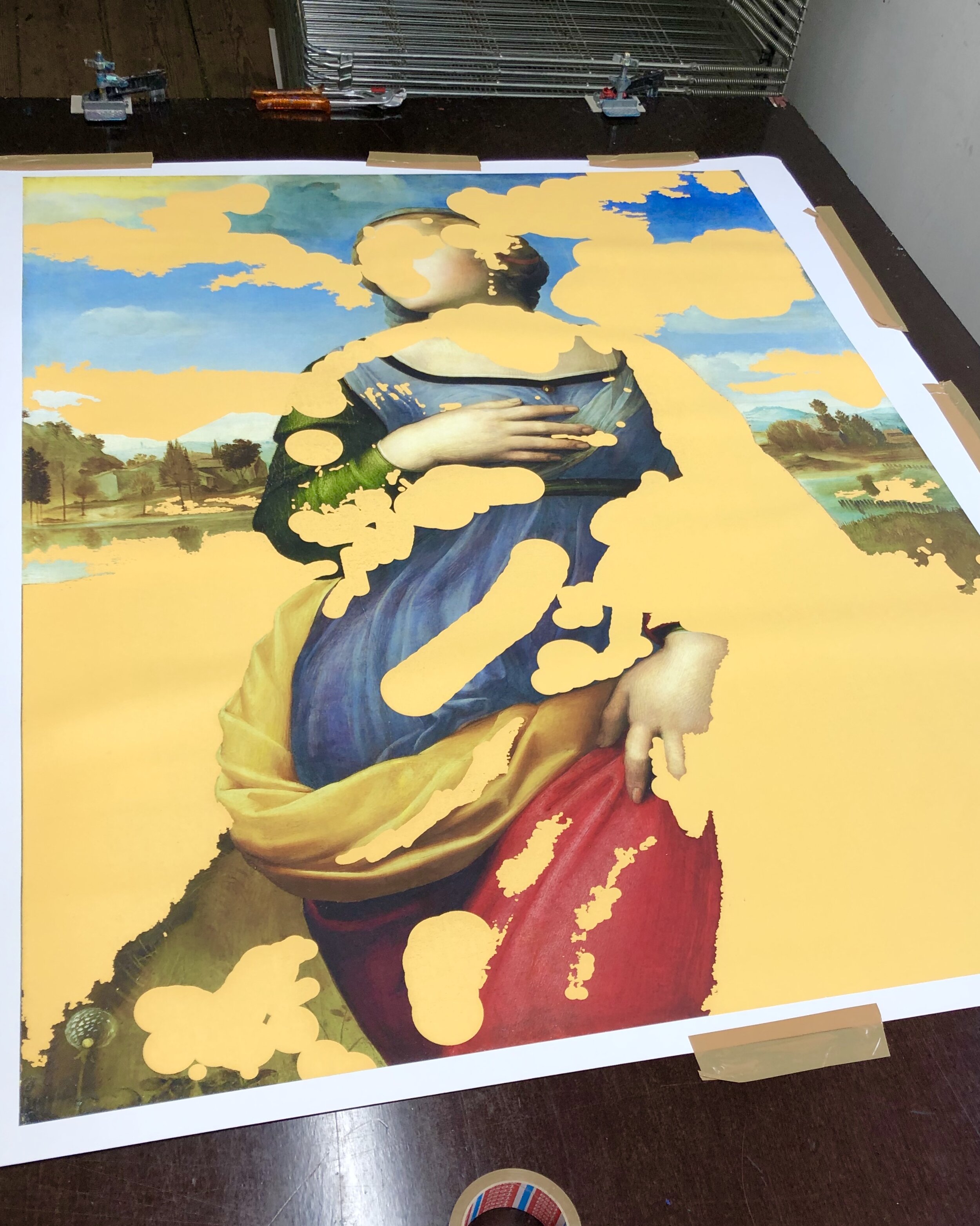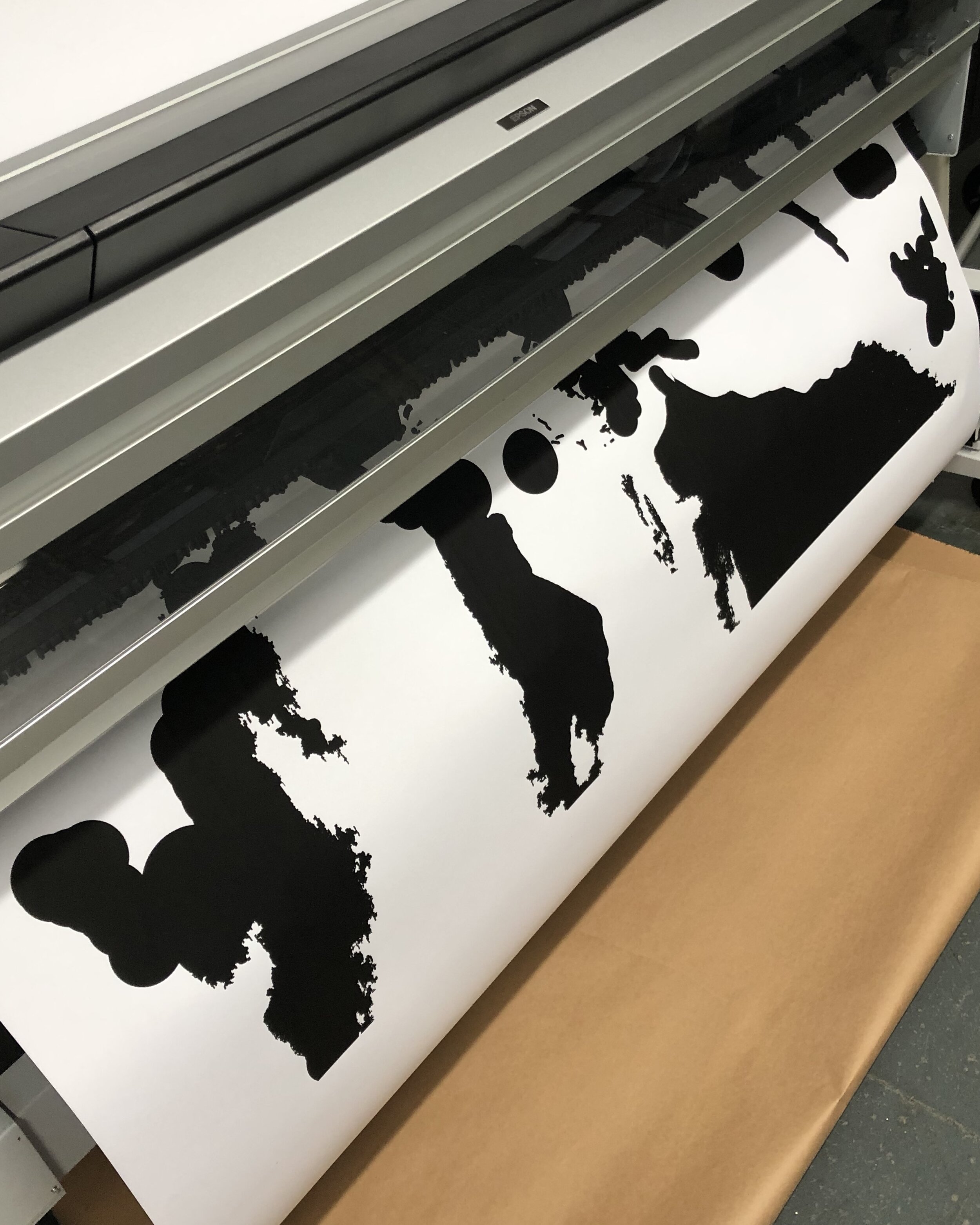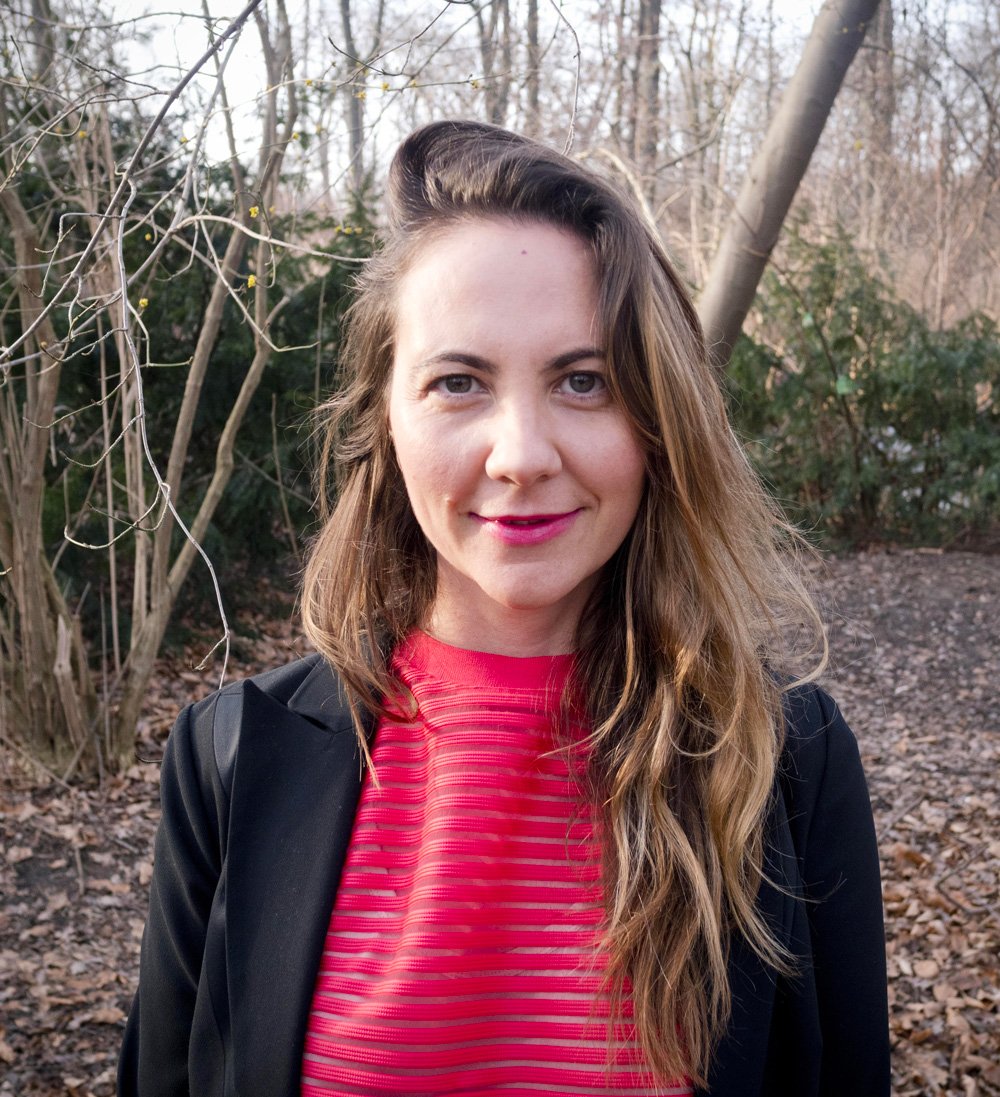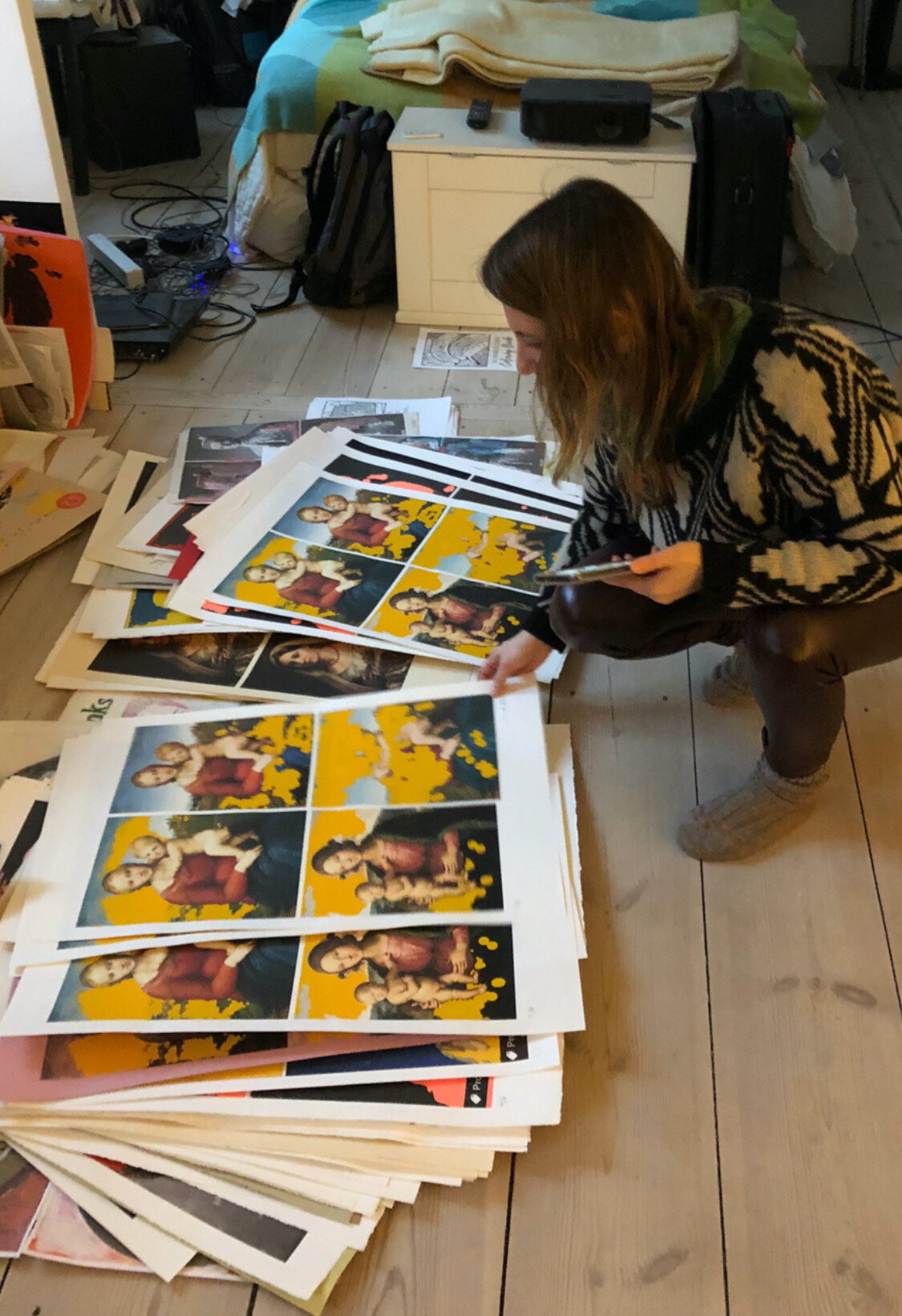‘Bacchus and Ariadne (Grey Dark Mode)’, A2, inkjet and acrylic and paper.
'St Catherine of Alexandria (Orange Dark Mode)'
‘St. Catherine of Alexandria (Orange Dark Mode)’, A2, inkjet and acrylic on paper.
'Bacchus and Ariadne (Red Dark Mode)'
‘Bacchus and Ariadne (Red Dark Mode)’, A2, acrylic and inkjet on paper.
'The Card Players'
‘The Card Players’, 4,501 pixels x 3,239 pixels (17,302,250 bytes), iPhone X and MacBook Pro.
Interview with design student François Chaïyason
Have you been interested in art since your childhood?
Yes, I was first introduced to art when my parents took me to the Vatican at 6 years old. On that same trip I started collecting postcards of Italian mosaics and buying small space Lego sets. I also received the stamp collection of my late Italian grandfather, whom I never knew. In a lot of ways, my aesthetic sensibility was formed during this time and has remained fairly consistent until today. I still make drawings of old space Lego boxes and stop in my tracks when I see a postcard showing a bird in a mosaic. I was also an obsessive trading card and comic collector. I would stare at these objects for hours on end when I was a teenager.
How have you developed your career? Was it something that just happened or did you make strategic decisions?
It’s all been strategic decisions, although luck plays a role. Unless you're rich or well connected, there’s no real easy path to becoming an artist. I come from a small city in Canada—Saskatoon, Saskatchewan—so I’ve spent most of my adult life pursuing opportunities to make my name. You really have to be determined. I first moved to Montreal, and then to Toronto, and five years ago I moved to Berlin, where I’m very happy to be based. Persistence and a ‘never give up’ attitude is crucial.
That all being said, at the end of the day, it’s about the work, and there’s nothing that can improve your odds more than making great work. Nevertheless, I believe art should be treated as a business like any other, which means having an entrepreneurial mindset. Luck alone is rarely enough.
How did you came up with the idea of making "Galatea"?
That’s part of my Screen Memories series where I take well known paintings and cover up areas with digital shapes and fills. The idea originally started a couple of years ago with basic fills that I would add on top of screenshots of famous paintings using my iPhone. As the project developed over time, I began to add and remove some of the layers in Photoshop, which created a strange mix of organic and inorganic shapes, and over time, I’ve refined the method.
From a conceptual point of view, Galatea is a tribute to the women in my life who all seem to be working so hard to keep their families and their jobs going, while also maintaining their health. It’s an image of a triumphant, powerful femininity, so it seemed appropriate. I use a lot of Raphael’s work because of his unparalleled use of colour as well as his rich compositions. To see Raphael’s work in person really is an otherworldly experience, and I recommend it to everyone. To have a full understanding of art requires an encounter with Raphael. It’s real-world magic.
Further, I see the history of art as a dialogue among artists. And to be a part of the tradition, you have to be in conversation with the tradition. If you read Chaucer or Blake, you’ll find endless references to other writers and the history of ideas. This is part of what makes them great artists. So, I directly reference art history in order to enter that conversation.
Is there an artwork that you are most proud of? Why?
One of my favourite pieces is Car Ad #2, which is one of my very early iPhone works from 2016. This showed me that the phone could be a serious tool for art making. I love David Hockney, but I think the phone has far more capabilities than acting as a kind of virtual paintbrush. It’s more akin to a sampler to make hip hop and techno, and I treat it that way.
Otherwise, it’s usually whatever I’m working on. I’m always trying to get better and develop new breakthroughs. It’s important to try and do things that are slightly out of your reach because you achieve this goal more often than you might think—maybe 20% of the time—and that’s pretty good.
On most of your art, you use red and yellow paint, what is the story behind your choices?
Those colours happen to work well with a lot of the paintings that I paint over. It’s primarily an aesthetic decision, although sometimes, say in the case of the red Caravaggios, there’s a symbolic overtone.
Who are your biggest influences?
My biggest influences are writers. I wrote my master’s thesis in English literature on J.G. Ballard’s The Atrocity Exhibition, which is an experimental novel. Interestingly, Ballard’s biggest influences were visual artists, primarily the Surrealists, so it’s full-circle in a sense. The psychedelic philosopher Terence McKenna also had a big influence on me—he has a mixed legacy, but he reminds us in a very persuasive and insightful way that we basically have no idea what’s going on. This is very important and something we easily forget.
What is your scariest experience in your professional life?
The sense that you may have screwed up your life. That feeling when you wake up at 3 am and think, “Have I made a huge mistake?” Things have been going well recently, so I don’t have that feeling as often, but sometimes you wonder. Pursuing the artist’s path will test your soul...repeatedly. In a sense, it can be a massive sacrifice of one’s life, depending on how things turn out.
What is your dream project?
I’ve never thought of it before, but doing something in the Vatican, which I consider to be a kind of temple to the mind. That would be the pinnacle.
What is the best piece of advice you can give to an artist just starting out?
Focus on one thing at a time. If you have a part-time job, do your art first before your other work. Be practical—think of who might buy your work from the beginning. This can actually improve your work. And put in the hours — don’t worry about failure — the road to success is paved with failure. The important thing is that you put in the time and stay focused.
Featured in The MetaFrame digital art campaign
I’m very pleased to be a part of The MetaFrame’s new campaign showcasing digital artists within their posh new digital art frame. Check out their feed to see a nice overview of some of the most interesting artists in the space.
'Galatea'
‘Galatea’, 3,400 pixels x 4,440 pixels (18,746,611 bytes), iPhone X and MacBook Pro.
Composite: The Entombment (Clarendon mix)
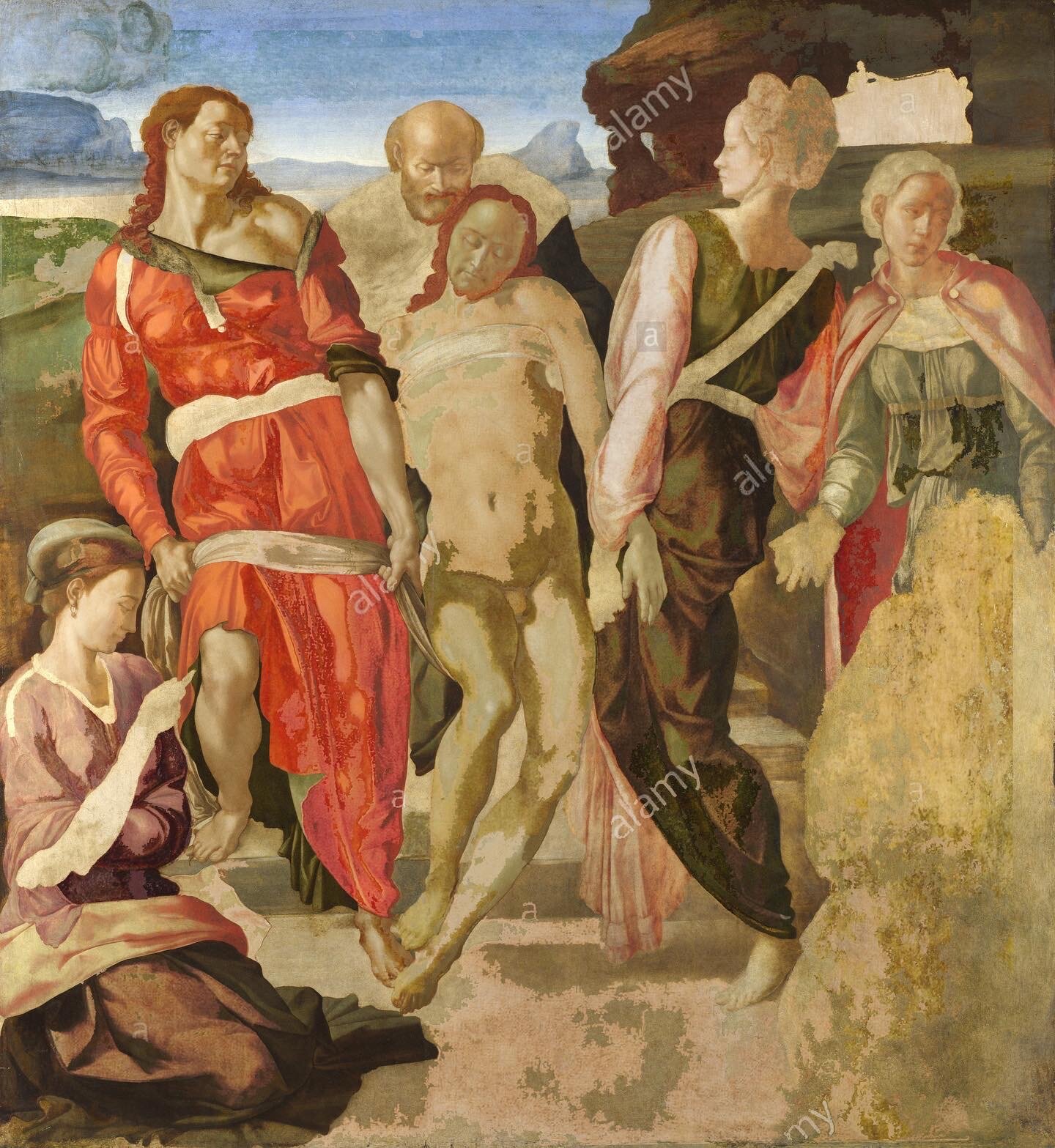
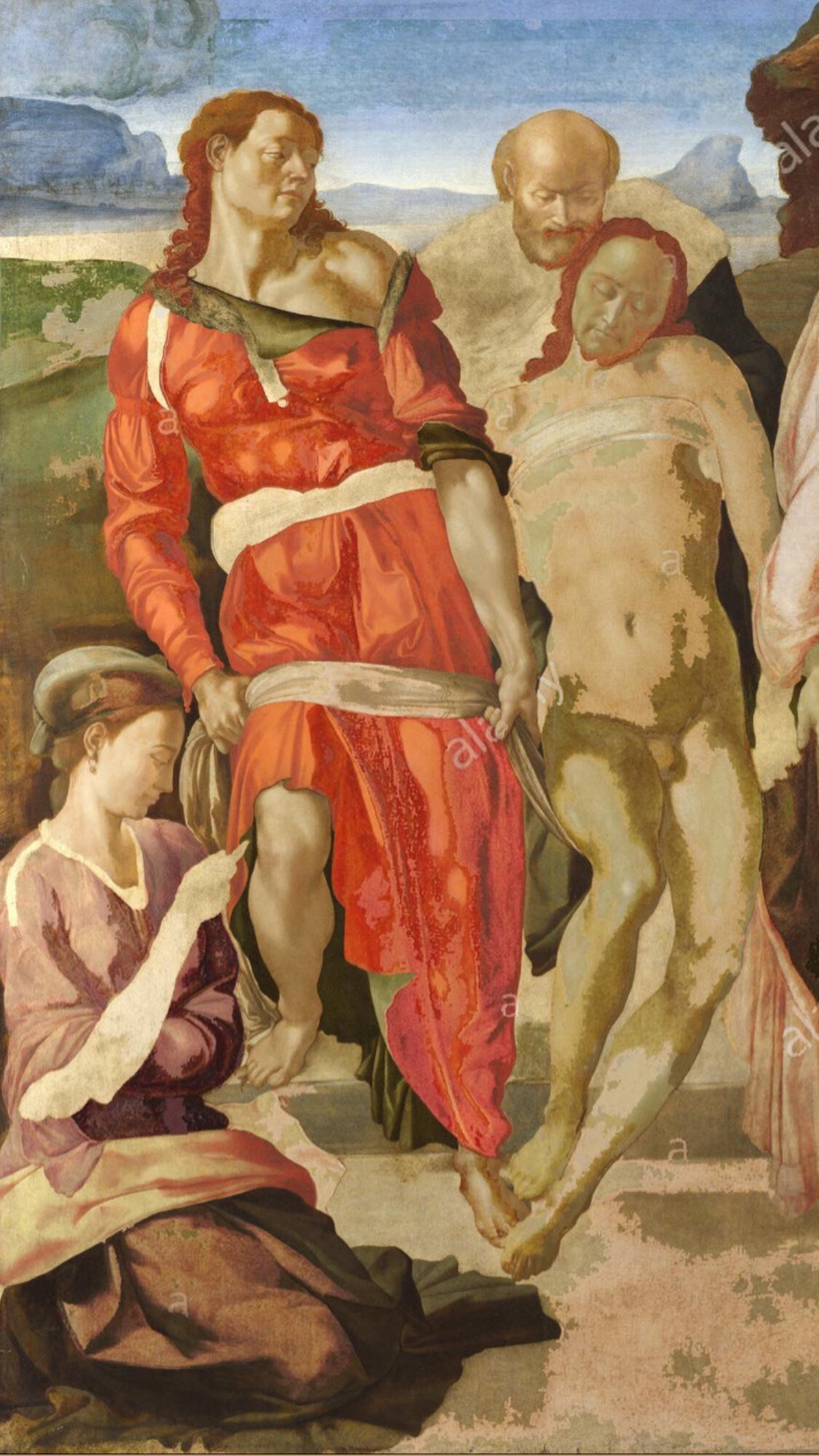

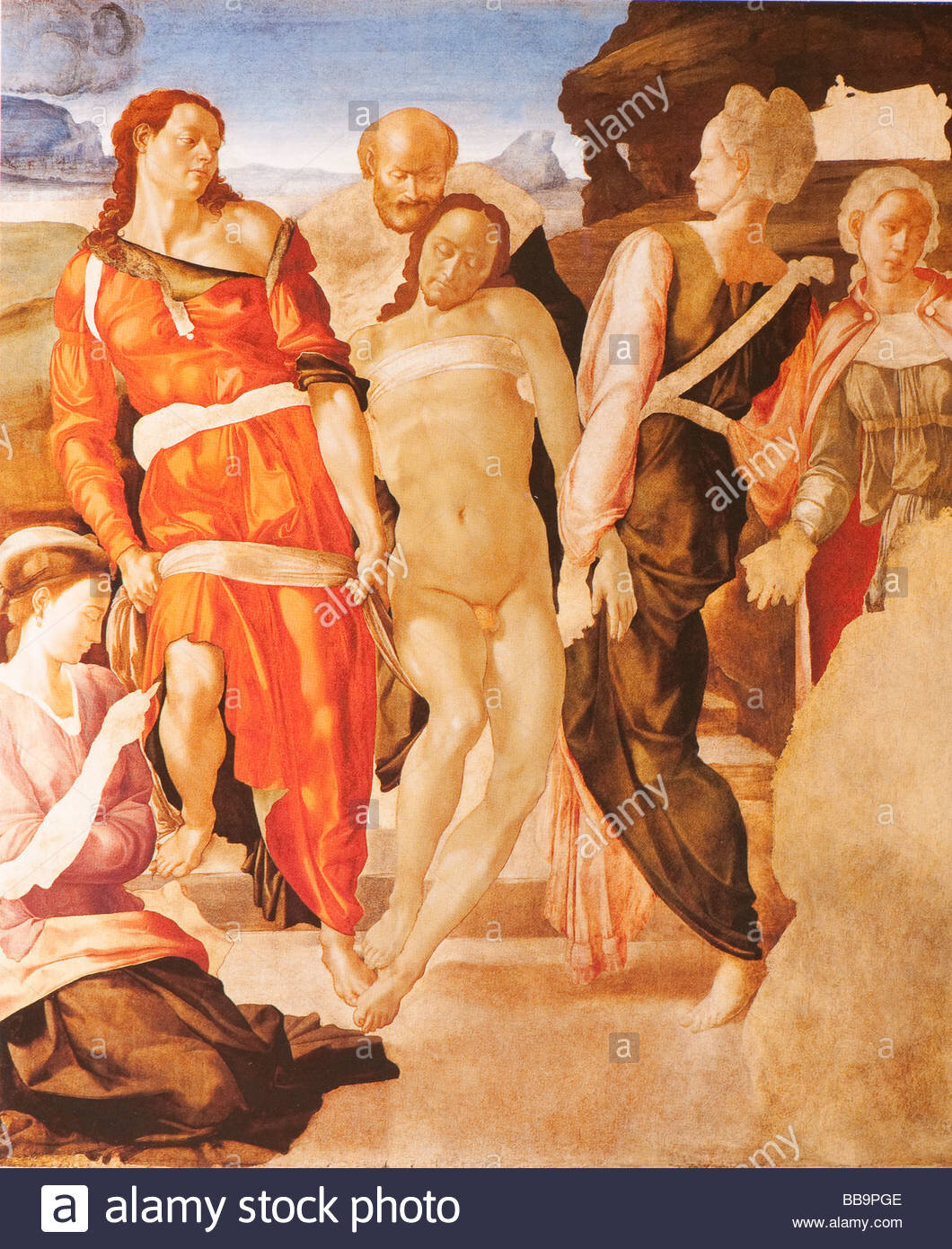
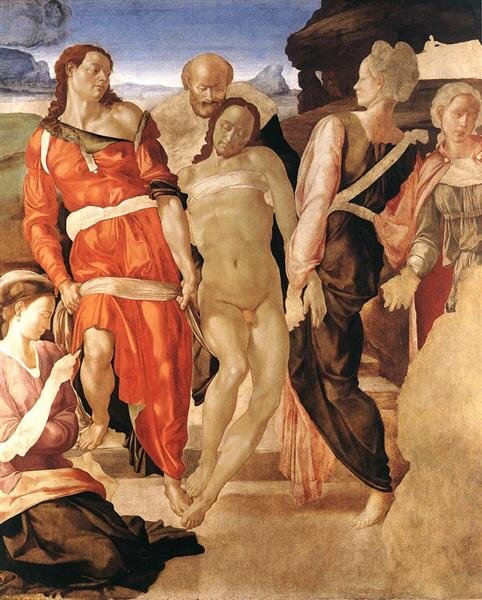
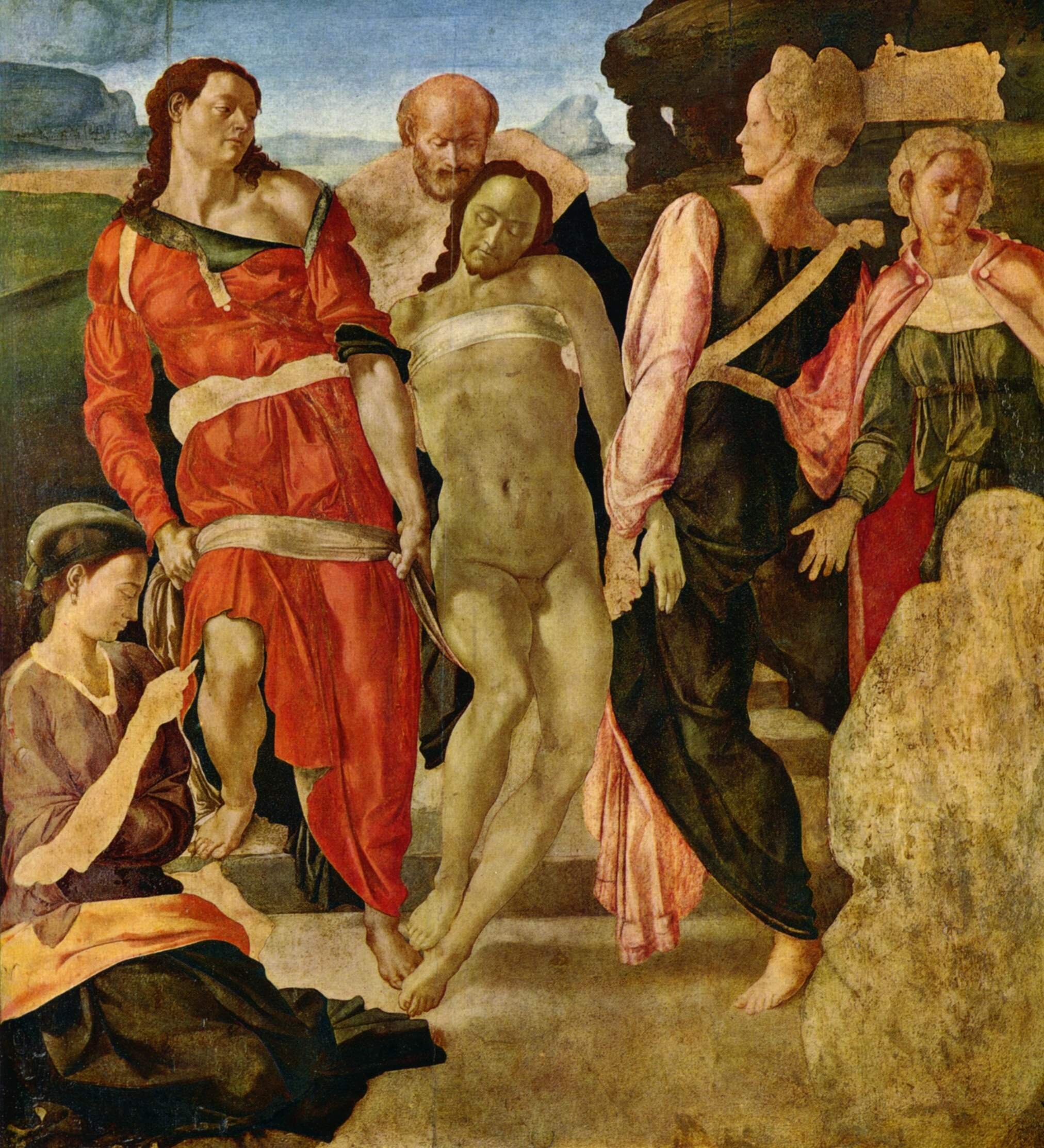
Composite: The Entombment (Clarendon mix), 3,884 pixels x 4,226 pixels (27,468,969 bytes)
Panel: 'NFTs for Beginners' with Siemens Arts Program
Special thanks to the team at Siemens Arts Program for the opportunity to speak on NFTs and the future of digital art. The discussion was broadcast live on Twitter and can be seen below.
Thank you @Pocobelli @mirko_ross @TylerCohenWood @EvanKirstel for the controversial debate and the practical tips for future NFT artists. For those who missed our #NFT webinar, the broadcast is still available!!! 👉💾🖼️ https://t.co/IPLBzJoaC7
— Anke Bobel (@AnkeBobel) April 22, 2021
Composite: St. Jerome (Juno mix)
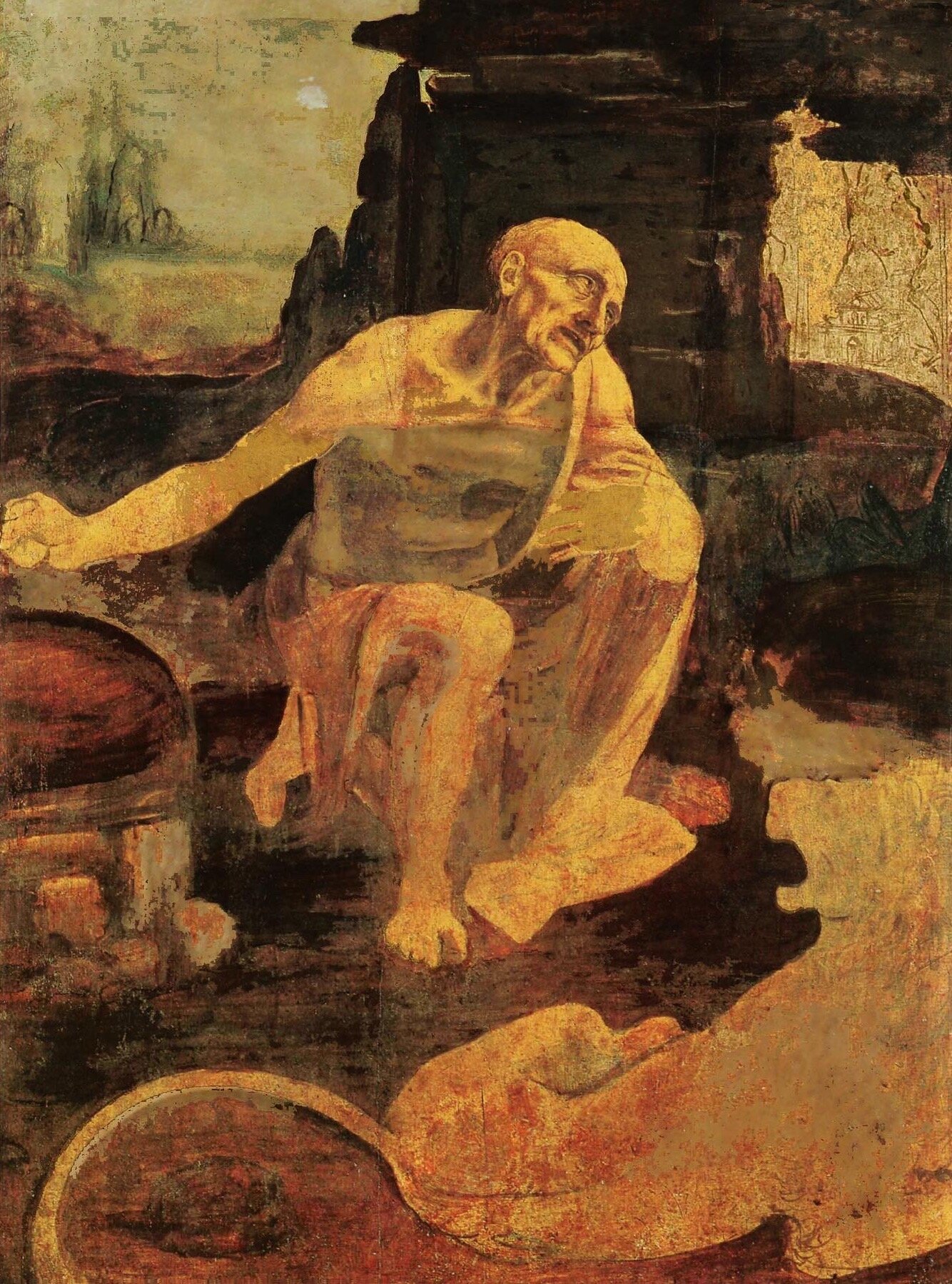
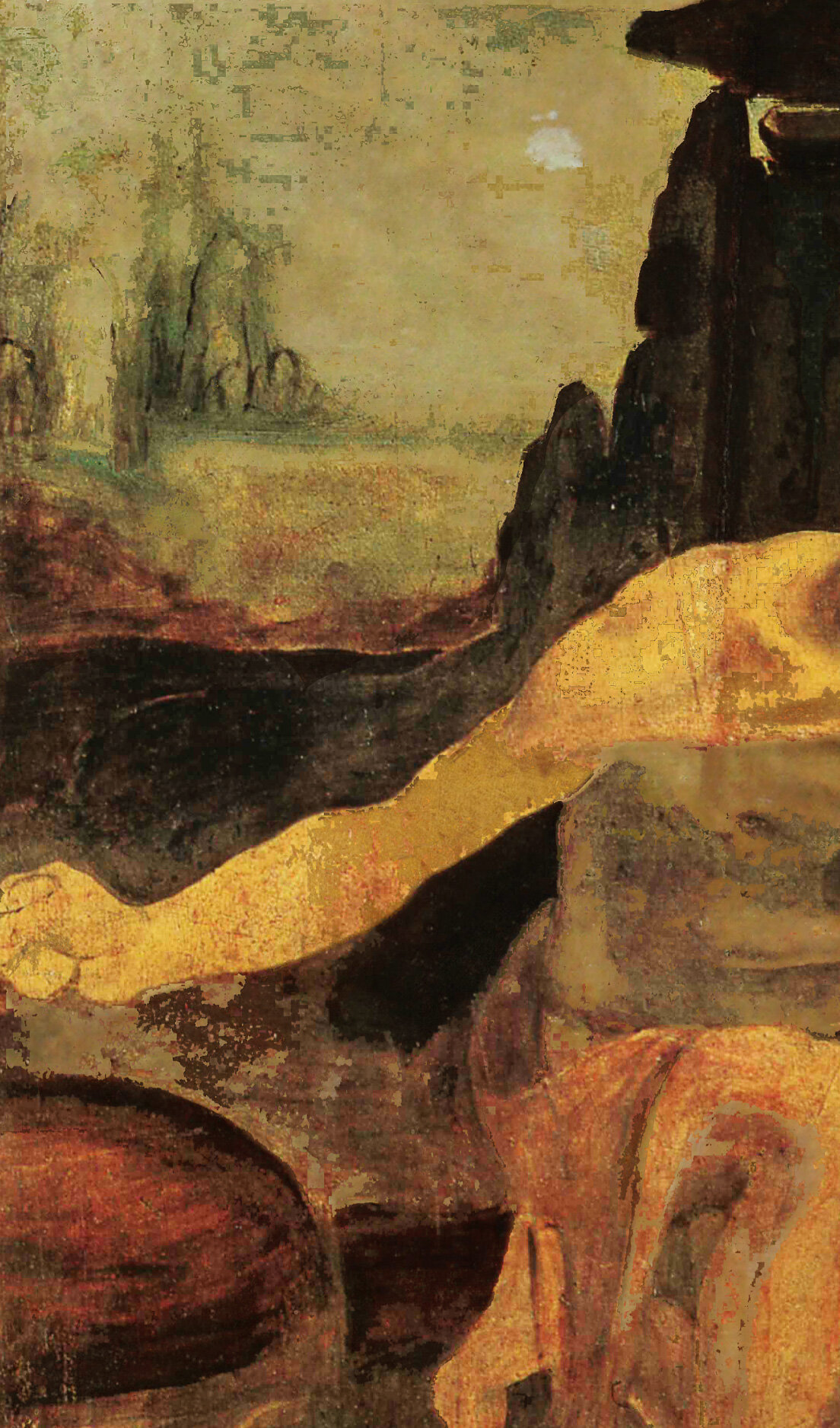
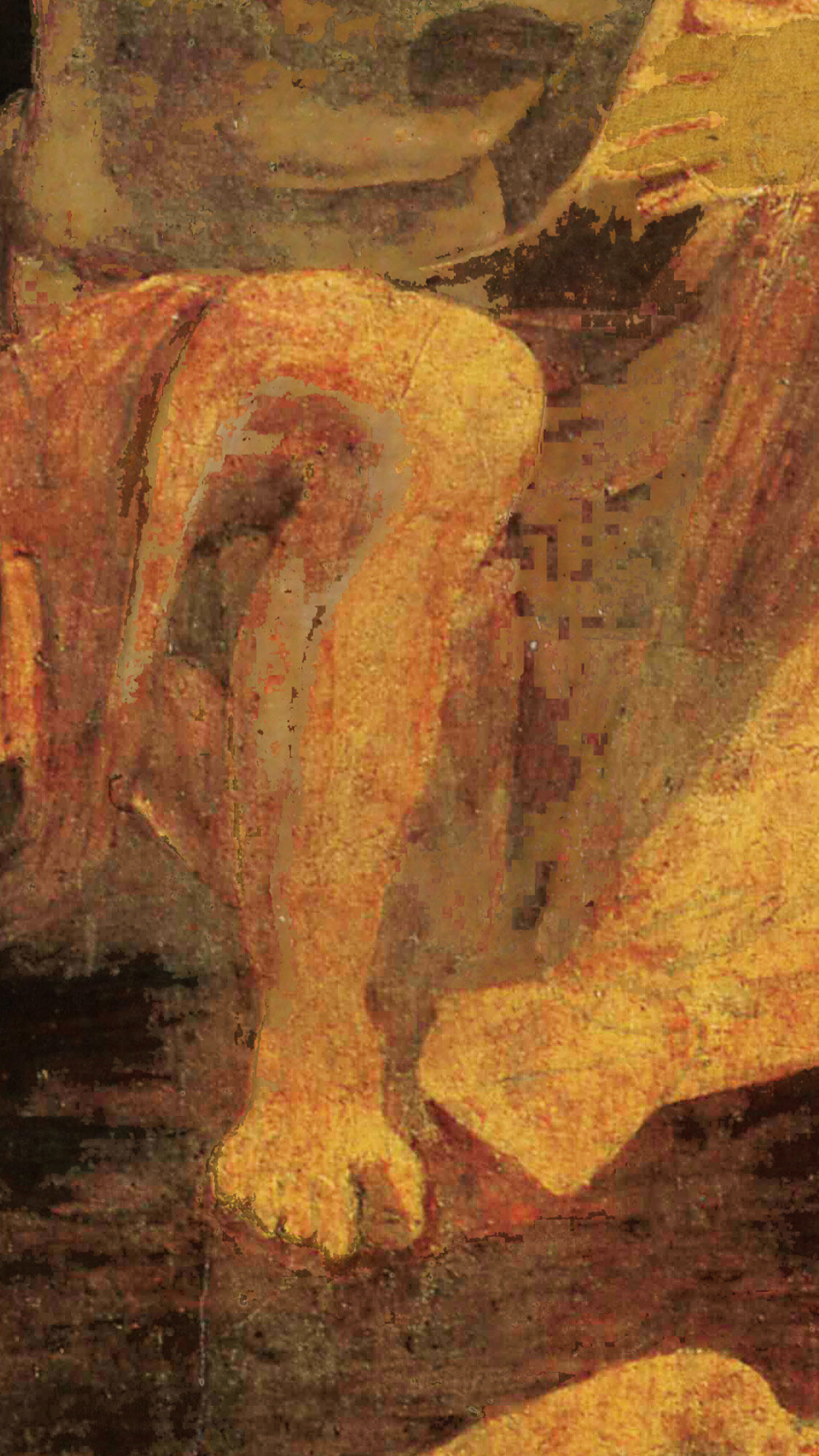
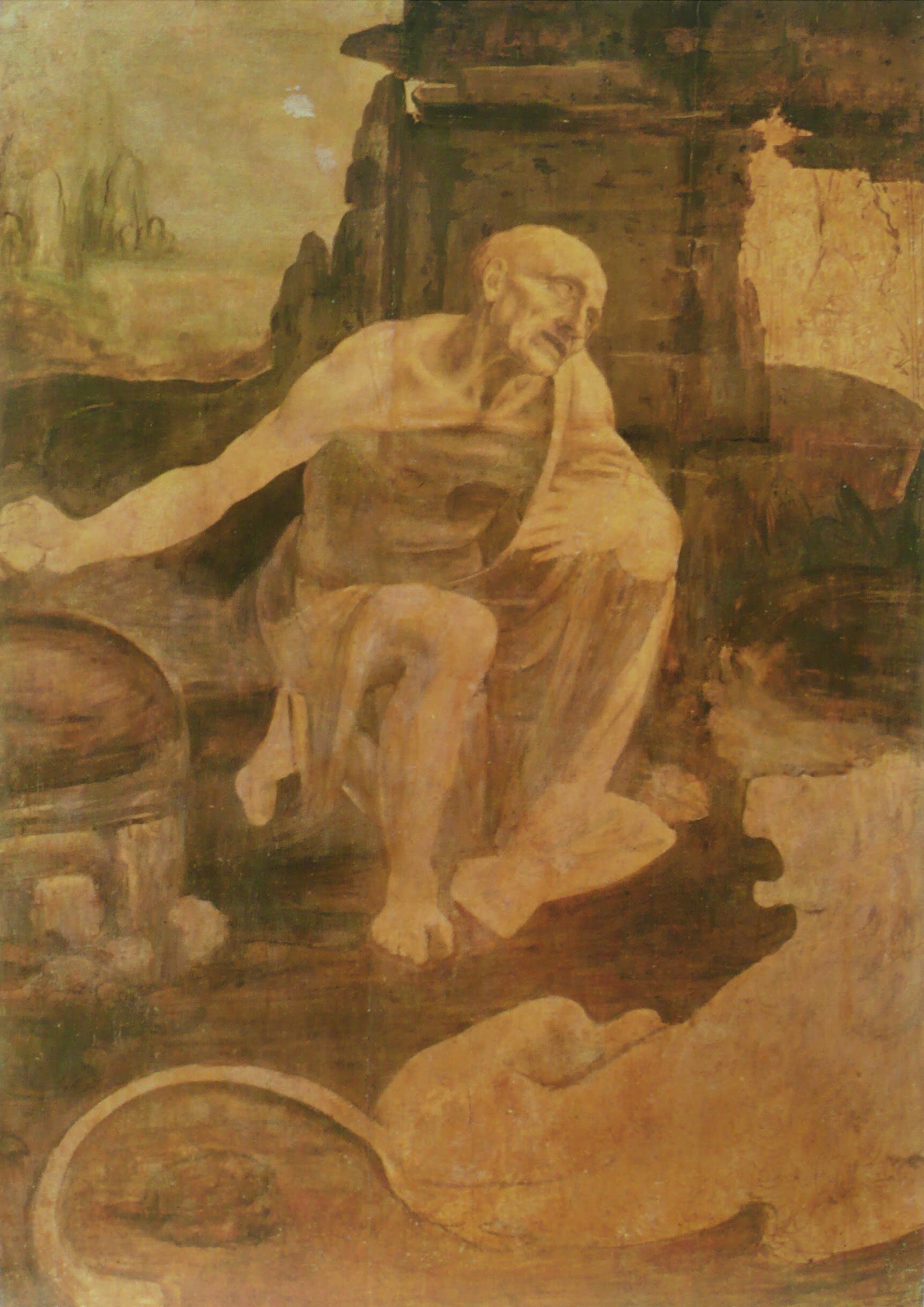
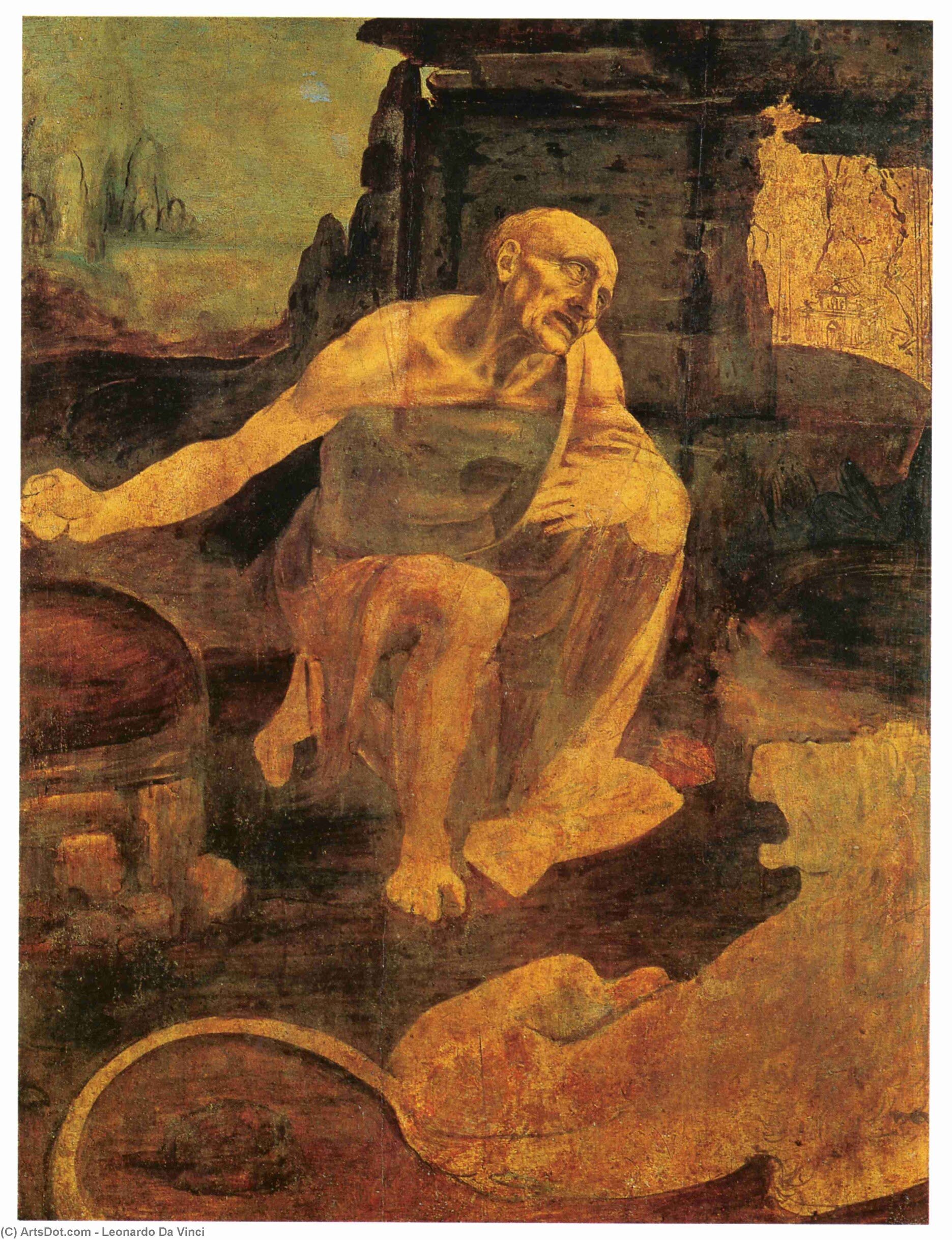
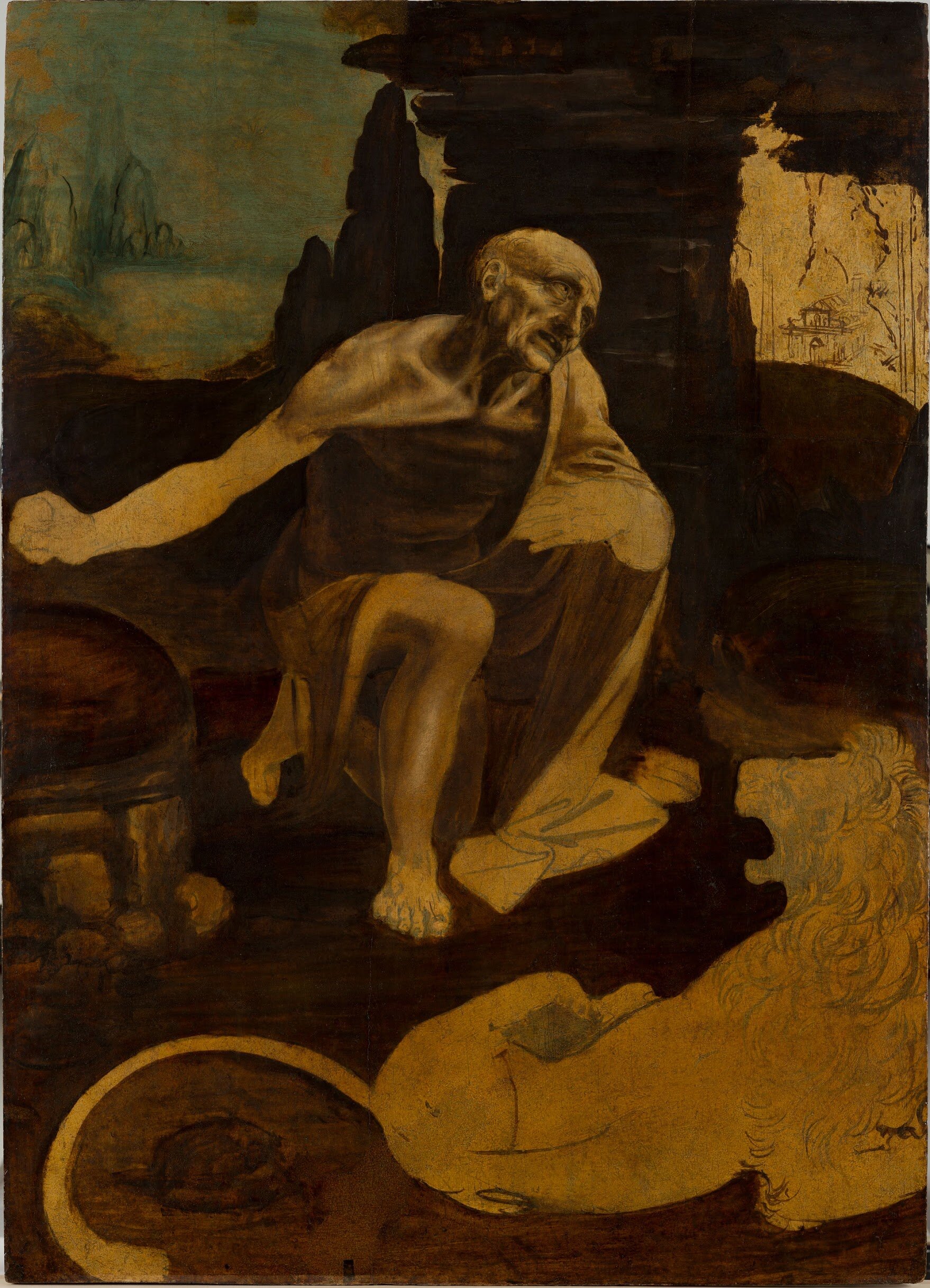
Composite: St. Jerome (Juno mix), 3,383 pixels x 4,552 pixels (16,043,320 bytes).
‘Madonna of the Goldfinch’
‘Madonna of the Goldfinch’, iPhone X and MacBook Pro, digital image.
In the studio: Sick Bacchus
On the cover of SuperRare's weekly update
I was pleased to see one of my works on the cover of SuperRare’s weekly update for March 19, 2021. It’s been a crazy month in the crypto art market, with NFTs going mainstream and sales going through the roof, so it was a great honour for one of my Peloponnesian War artworks to be included in the week’s highlights. Thanks guys.
'Boy Bitten by Lizard (Raw mix)'
‘Boy Bitten by Lizard (Raw mix)’, iPhone X and MacBook Pro, digital image.
Studio visit with curator Valentina Galossi
I was pleased to have a studio visit with independent curator Valentina Galossi, who had many interesting comments and ideas. Check out her book, ‘The Life of Artists in Berlin’. She also does artist interviews on her Instagram channel. Thanks Valentina!
Progress shots: St. George and the Dragon
The making of ‘St. George and the Dragon’ at BBK’s Bethanien studios in Berlin.


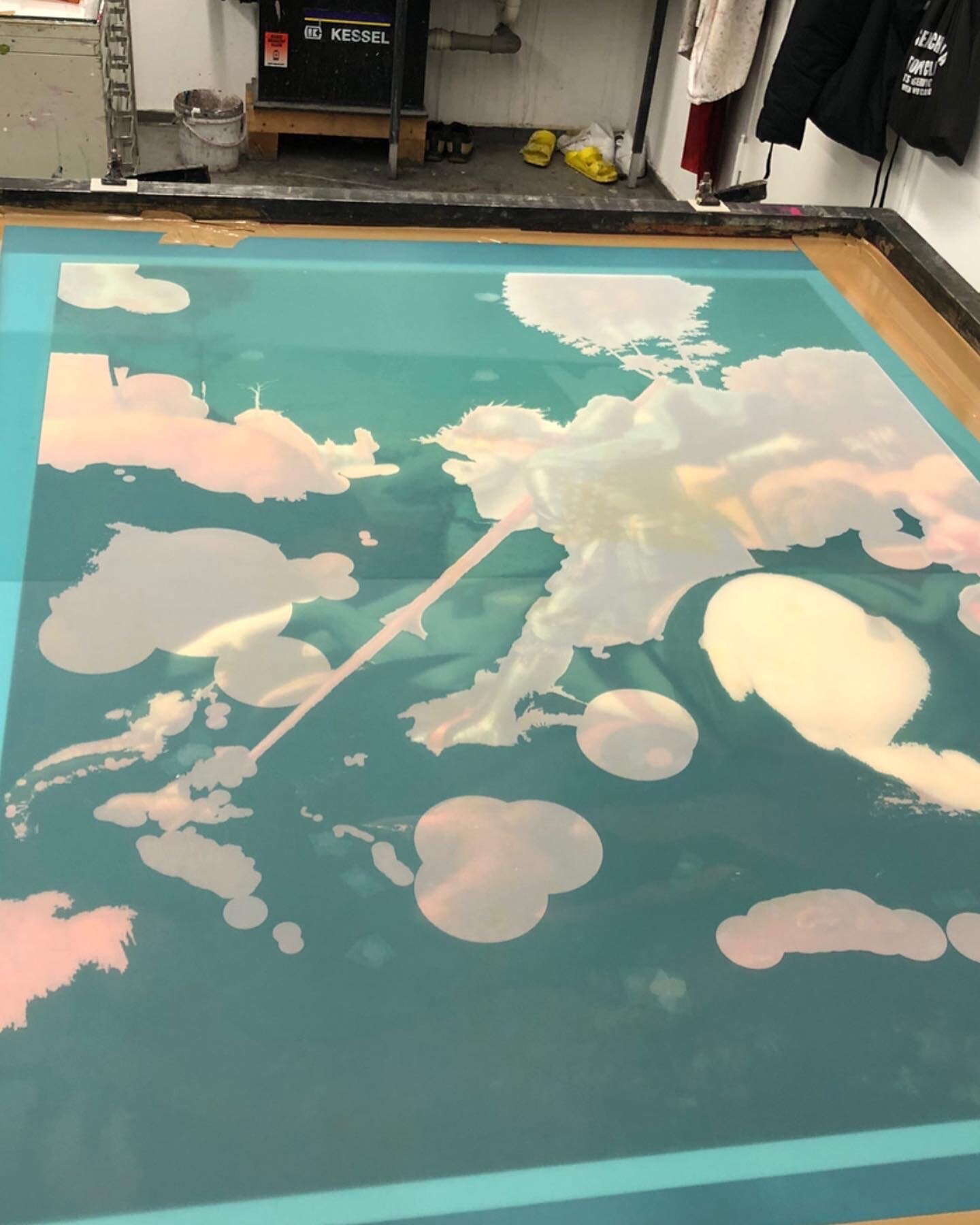
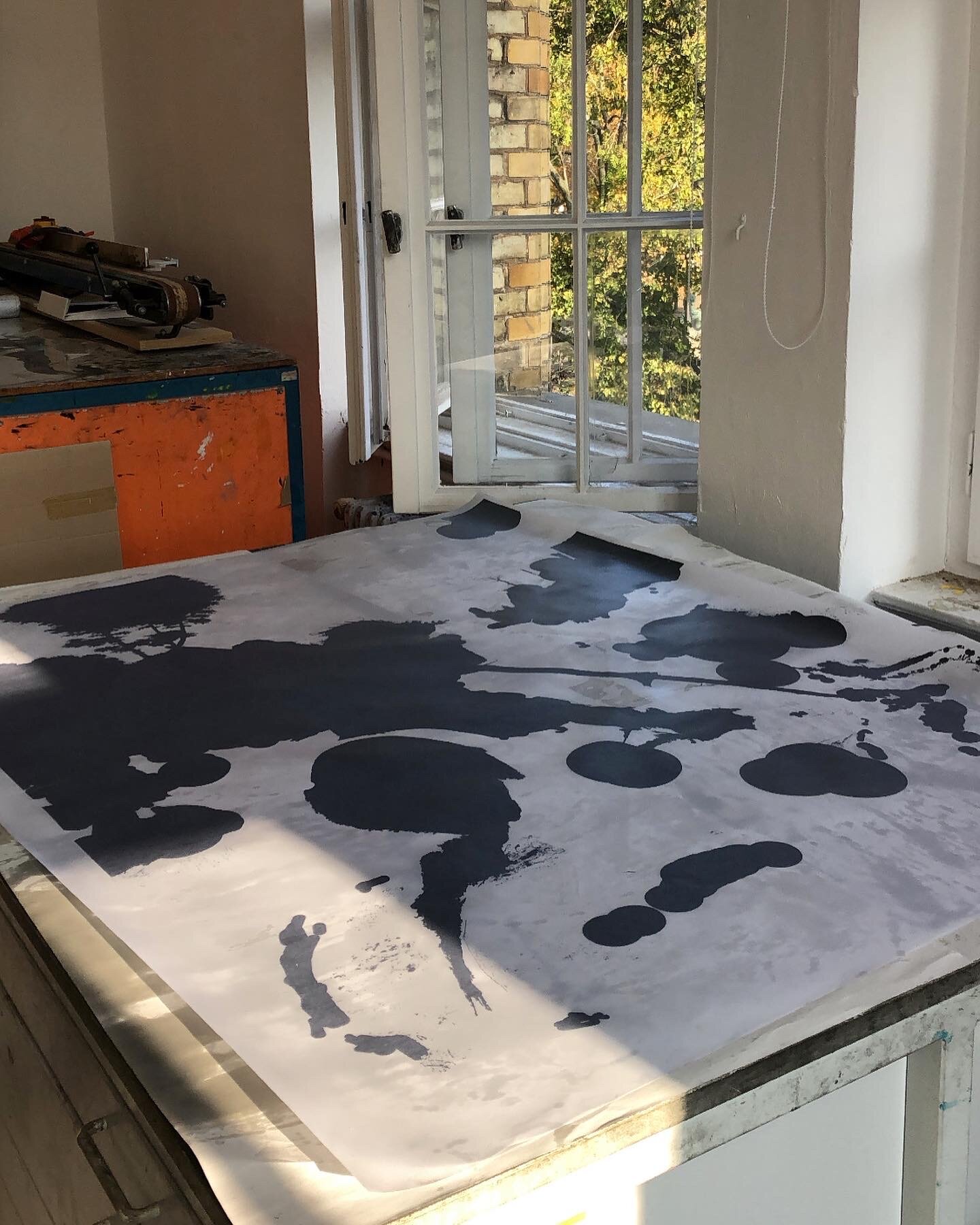
Progress shots: Bacchus and Ariadne
The making of ‘Bacchus and Ariadne’ at BBK’s Bethanien studios in Berlin.
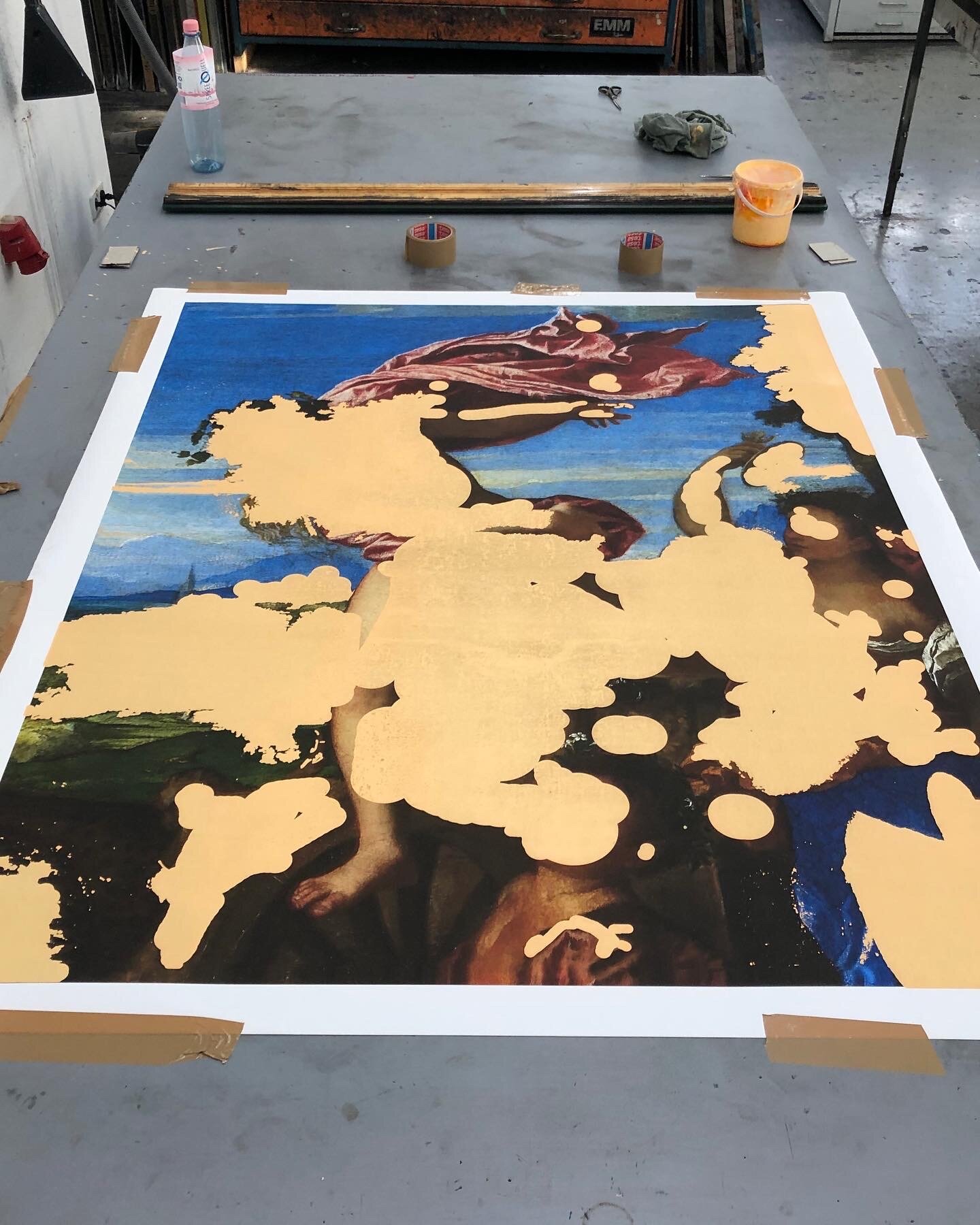
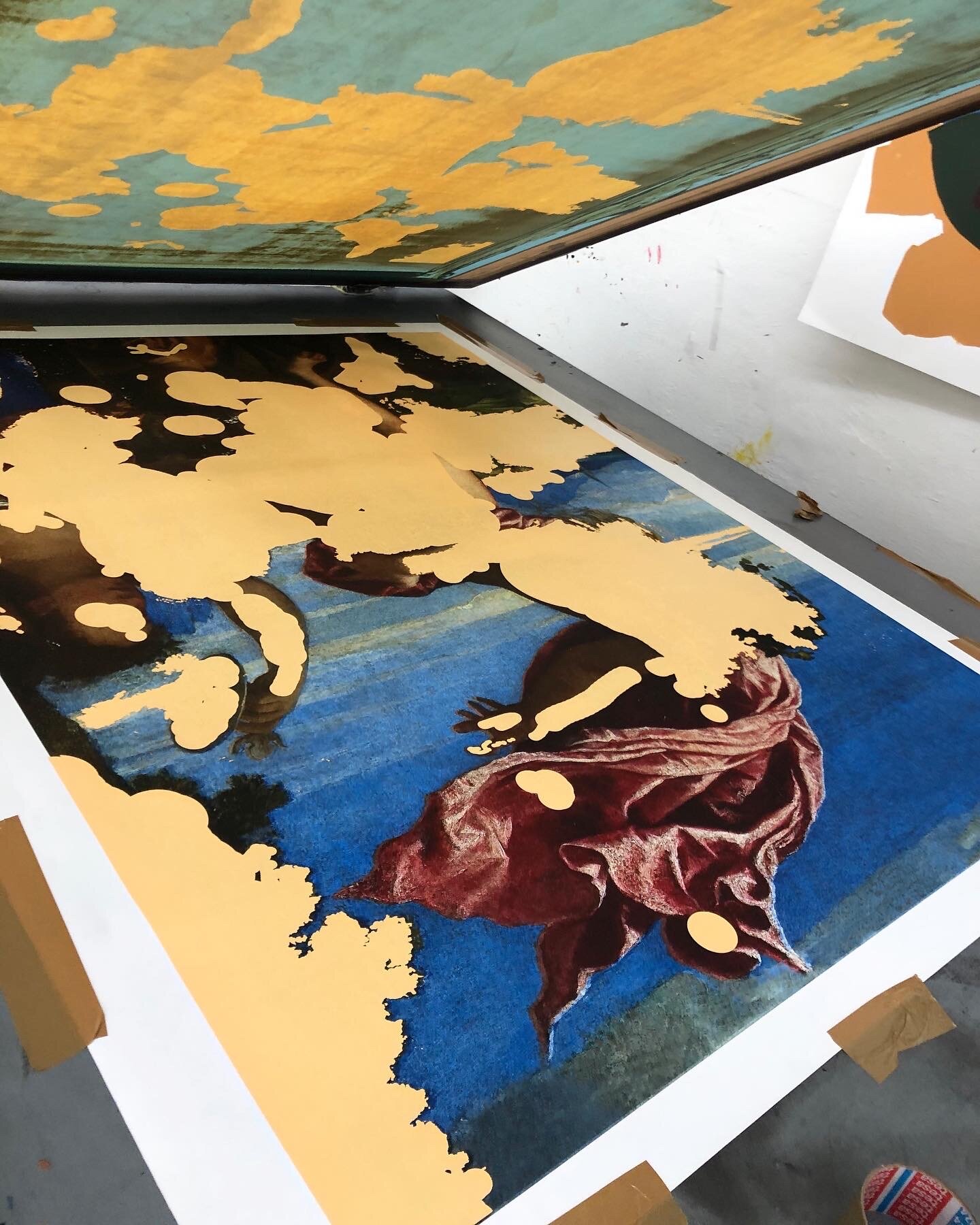
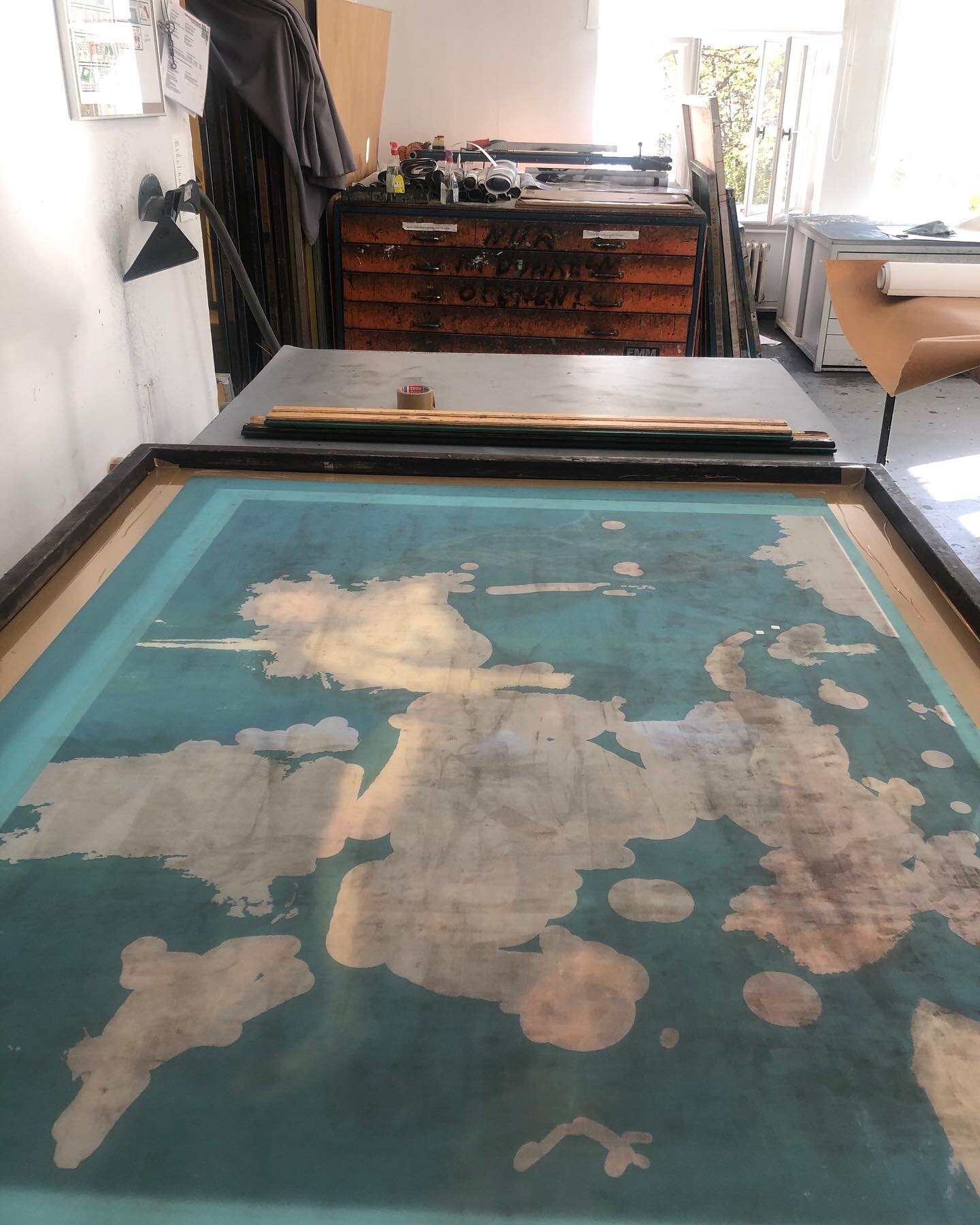
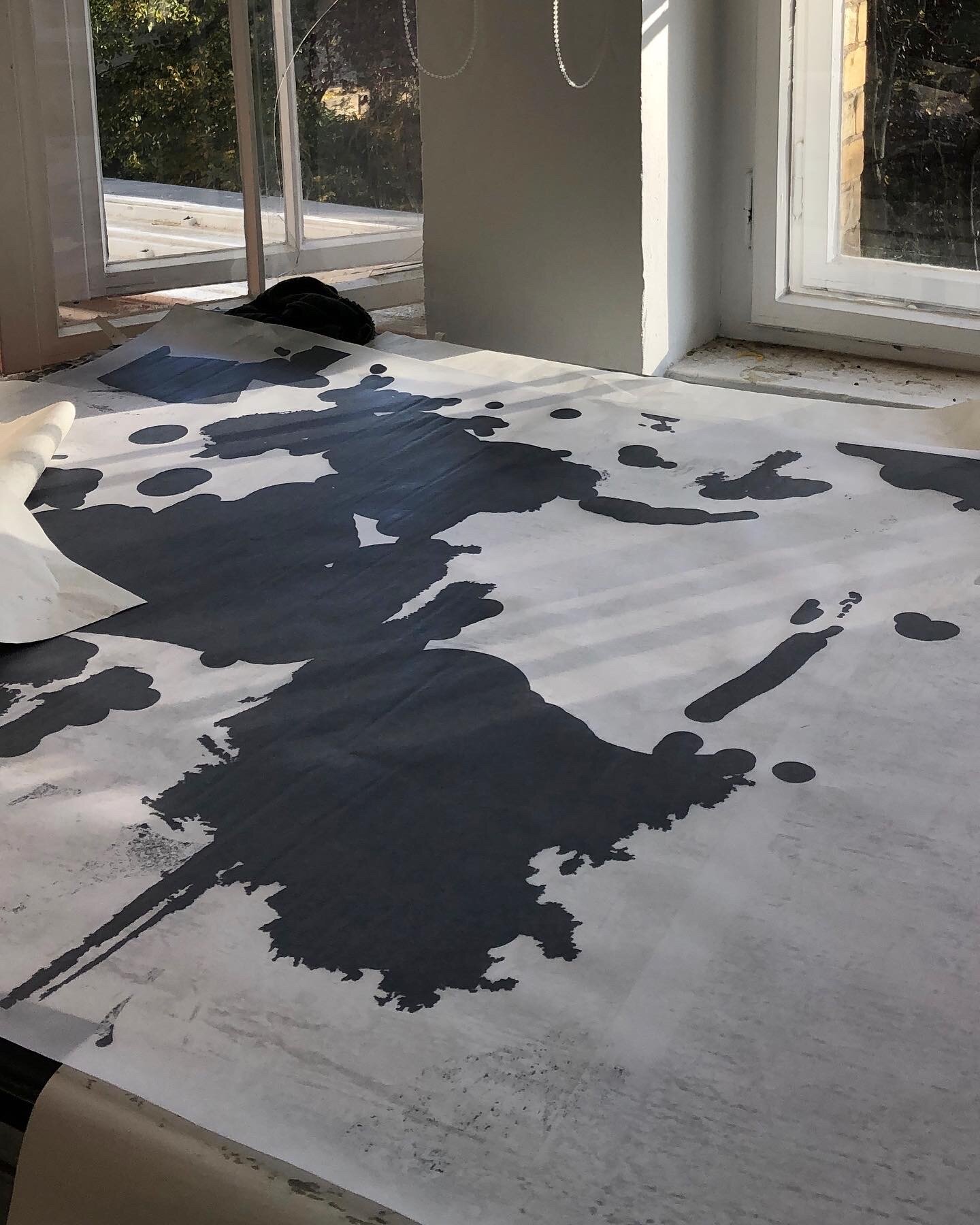
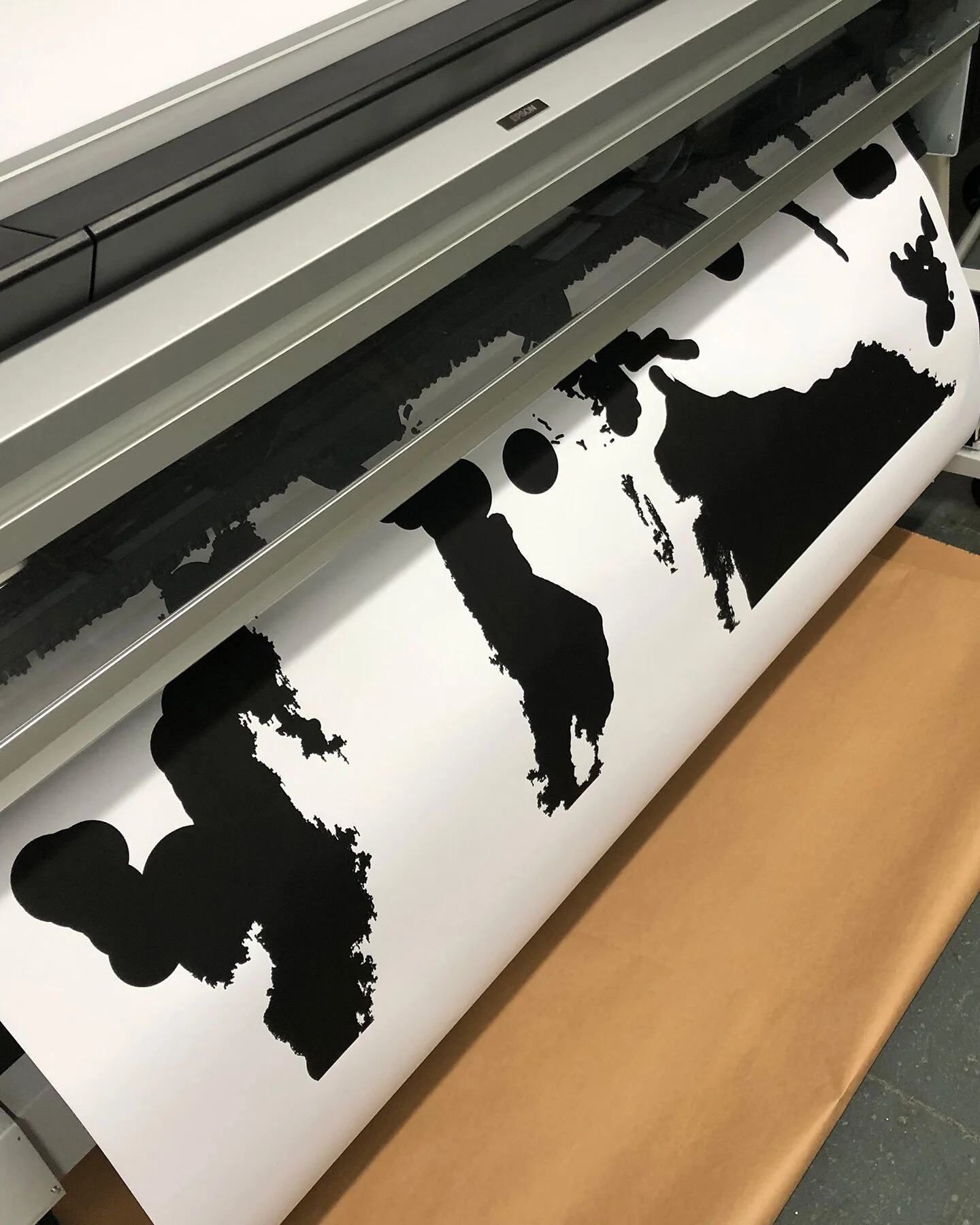
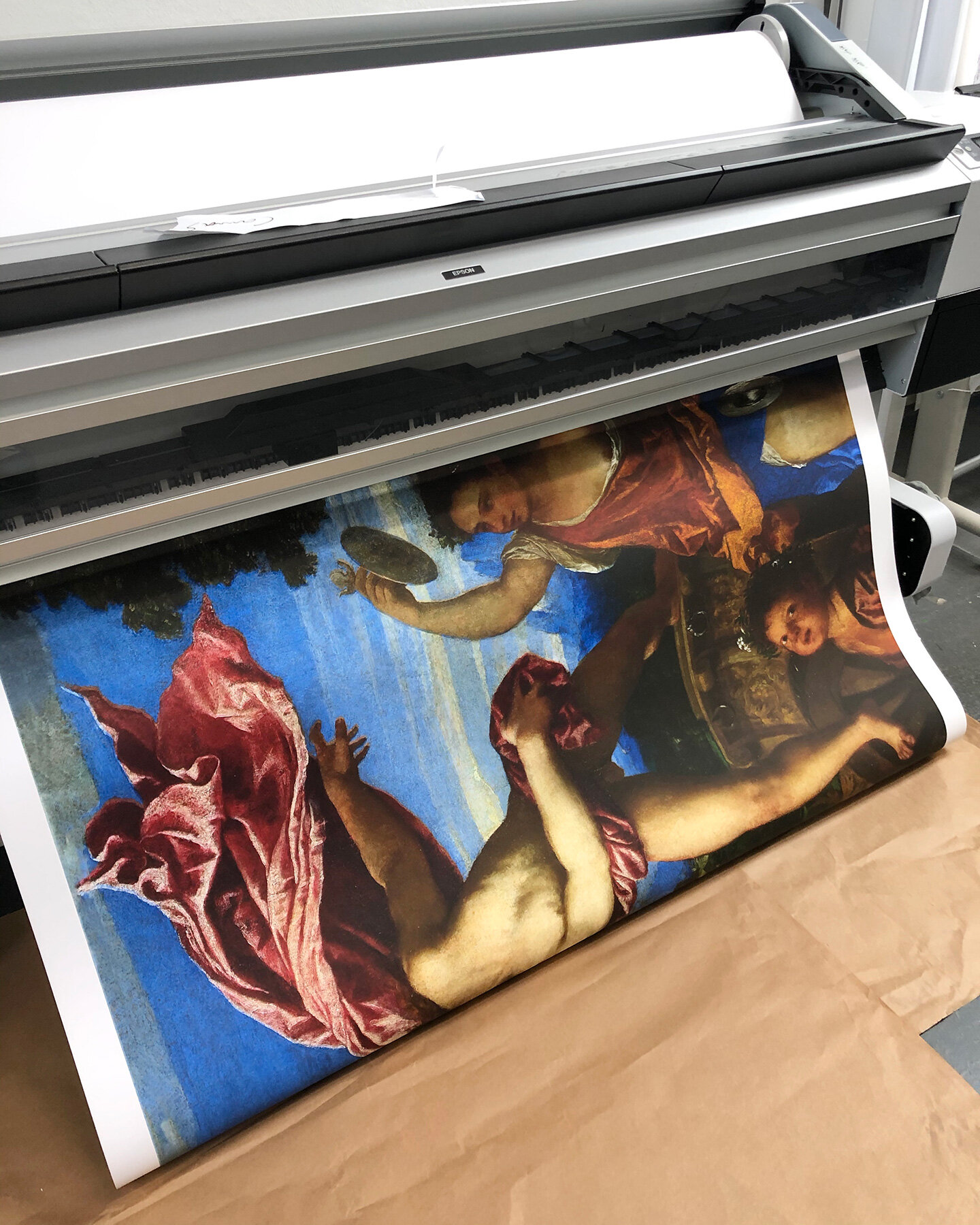
Screen Memories virtual exhibition presented by Leo Kuelbs Collection
Following last month’s show at Fata Morgana in Berlin, the Leo Kuelbs Collection is now showing a virtual exhibition of Screen Memories online. Visit Leo Kuelbs Collection website for more information and view the virtual exhibition here:
https://artspaces.kunstmatrix.com/en/exhibition/3772082/adrian-pocobelli-screen-memories
Progress shots: St. Catherine of Alexandria
The making of ‘St. Catherine of Alexandria’ at BBK’s Bethanien studios in Berlin.

